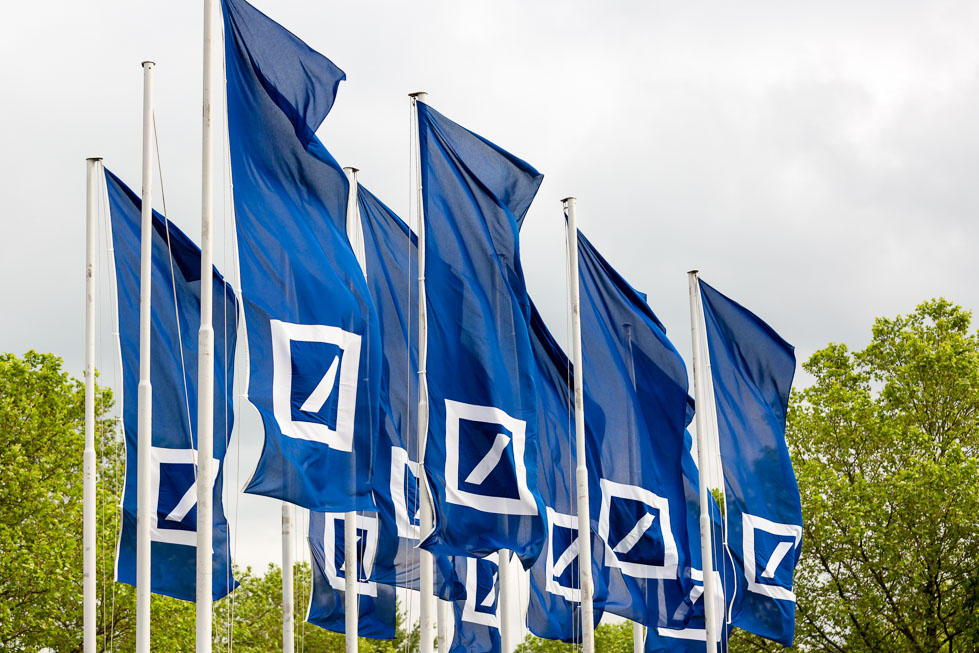Deutsche AM Bags Big US Industrial Portfolio
The company has acquired a 19-property, 3.3 million-square-foot industrial portfolio from International Airport Centers.
By Barbra Murray, Contributing Editor
Kansas City, Mo.—Deutsche Asset Management’s portfolio just got a lot bigger—3.3 million square feet bigger, to be precise. The global corporation’s real estate investment business recently acquired a 19-property national industrial portfolio from International Airport Centers.
Acting on behalf of an institutional investor, Deutsche AM went directly to Perlmutter Investment Co., investment advisor to IAC, to orchestrate the transaction. Deutsche AM is keeping the major details close to the vest for the most part. However, it appears a notable segment of the 76-tenant portfolio is concentrated in metropolitan Seattle. According to Puget Sound real estate publication The Registry, the purchase included seven facilities totaling 424,000 square feet in Seattle and Kent, Wash. The remainder of the new additions involve assets located in such leading distribution markets as Los Angeles, San Diego and San Francisco, as well as Chicago, Dallas and Portland.
“The portfolio’s geographic diversity across large distribution hubs and stable tenant base makes it an attractive investment,” Todd Henderson, head of Alternatives – Real Estate, Americas, said in a prepared statement.
All told, Deutsche AM’s new industrial collection encompasses 35 buildings. But it’s not all about size and location; the portfolio is, perhaps of greatest note, 99 percent leased.
Deutsche AM is a big fan of the industrial sector these days. One of the company’s first real estate transactions of 2016 was the acquisition of Fairburn Logistics Center in Atlanta, a 1.1 million-square-foot, Class A bulk distribution center occupied in its entirety by a single tenant.
“The U.S. industrial market has performed well in recent years and remains well positioned as cyclical and structural forces continue to benefit the sector,” according to a Deutsche AM report released in September. “Industrial space demand remained strong this year, despite eroding global economic growth and mixed domestic manufacturing indicators. Healthy demand, vacancy and rent fundamentals have spread broadly across markets, particularly in the warehouse segment. National drivers and local economic growth are fueling strong conditions in gateway and primary inland logistics hubs as well as in smaller markets with healthy economies.”








You must be logged in to post a comment.